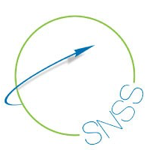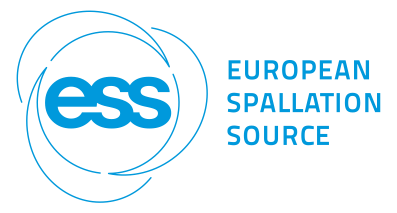Speaker
Mr
Johan Cedervall
(Uppsala University)
Description
Permanent magnets are highly used in energy applications, both for harvesting in e.g windmills and for usage in electric vehicles. To reduce the price tag for the manufactured magnets expensive elements like Nd, Gd and other rare earth elements should be avoided. Therefore other types of rare earth free permanent magnets are currently under heavy research. However, rare earth elements have a strong spin-orbit coupling with transition metals which gives the structures high magnetocrystalline anisotropy energy, a structural property that can give the material good magnetic properties. To overcome this without rare earth elements, uniaxial structures should be used, like tetragonal τ-phase MnAl or FeNi. Another material with a uniaxial tetragonal structure that is rich in Fe-atoms is the compound Fe5SiB2. Fe5SiB2 crystallises in the space group I4/mcm and have two crystallographically different iron sites that orders ferromagnetically at 760 K, magnetic measurements have also indicated that a magnetic reorientation takes place at 172 K. Therefore investigations with neutron powder diffraction were performed on the D1B beamline at ILL (Grenoble, France) and the results revealed that orientations of the magnetic moments at high temperatures are along the crystallographic c-axis. Below the magnetic transition the orientation changed to the a-axis which confirms the proposed spin-flip transition. The magnetic properties can be tuned by substitutions and therefore the effects of P in the Si-sites were studied since the magnetic anisotropy are supposed to increase with P-content according to first principle calculations. However, the spin-flip is inhibited by P-substitutions.
Author
Mr
Johan Cedervall
(Uppsala University)

